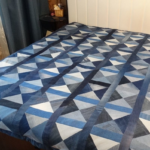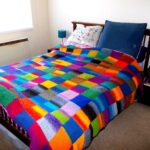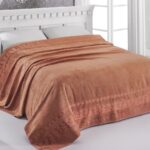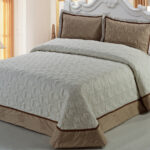Making bedspreads for the bedroom
What things become the most valuable and meaningful? Those made by the hands of a loving person. For example, a cute blanket knitted by your grandmother or a blanket sewn by your mother. Such things remain in the memory for life, and sometimes become family heirlooms.

So, they need to be done. Moreover, it is not at all difficult to sew a bedspread for a children's bed with your own hands. Even a novice seamstress can cope with this task.
- Defining the bedspread model
- Material selection
- Choice of color and design of bedspreads
- Preparation and calculation of fabric consumption
- Making a blanket pattern
- Varieties of DIY bedspread making techniques
- Video: which bedspread to buy on the bed
- Bedspreads on the bed in the interior in the photo
Defining the bedspread model
So, in the store came across a "perfect" piece of fabric, which just asks to become a blanket on the baby's crib. Fine! Now you need to think about what it will be: light decorative or dense, under which you can hide in cold weather.

You don't have to invent a shape and make complex patterns: in any case, the product will be either square or rectangular. But you will have to think about the design. And it is better to consult with the child to find out what the cover of his dreams looks like.
For girl
No matter how trite it may sound, almost every girl wants to feel like a princess. Therefore, many young ladies gravitate towards ruffles, frills and all kinds of cute things to decorate the bedroom. So why not sew the girl a real royal bedspread for her bed: with elegant frills and, for example, a monogram of her name in the center?
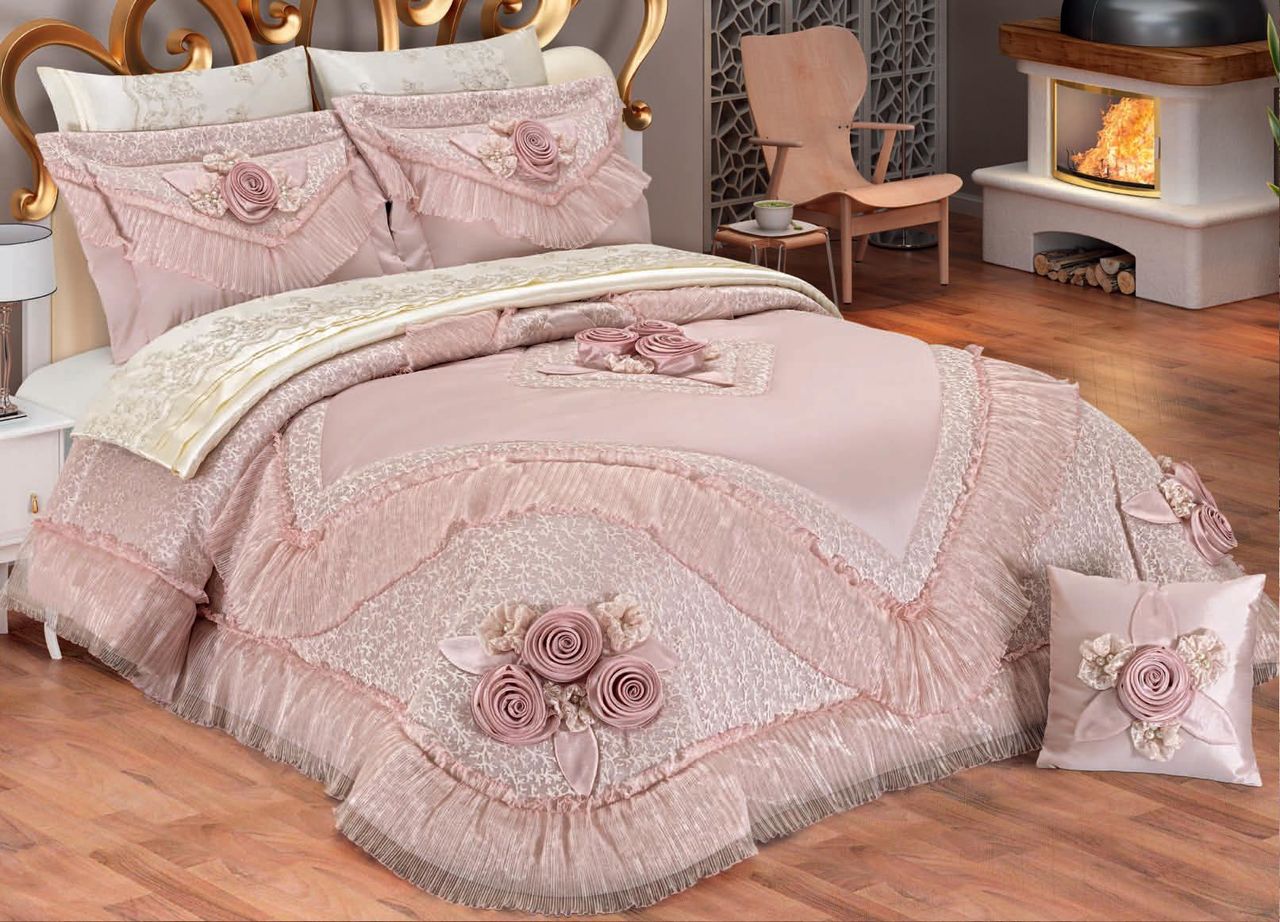
Other girls are not so sentimental and dream of big things. Maybe about the adventures or career of a great zoologist. In this case, their sleeping place can be covered with a blanket with intricate patterns depicting their favorite characters.
For boy
To sew the perfect blanket for a boy, you need to find out: who will sleep under it. Maybe it's a brave knight, a brave pirate, a superhero or a future sports champion?
Of course, children's preferences and priorities change quickly, but favorite topics remain relevant for a long time. Therefore, you can choose a pattern on the fabric, taking into account your preferences. The boy is unlikely to be pleased with the "cute" ruffles and frills, and the applique will be an excellent decor option.

With a little effort, a soft version of a board game or a real treasure map made by a loving mom can appear on the blanket. Such a thing is suitable not only for recreation, but will also become an integral attribute of the game.
Material selection
To sew a baby light blanket for a girl's bed with your own hands, you can take satin fabric or shiny fabric. Surely the owner of the room will love the smooth texture of the fabric and its subtle shine.

These materials can be easily draped, puffs, flounces can be made of them, combined with lace trim. Faux fur is an interesting material for sewing bedspreads. It can be smooth or long-haired.
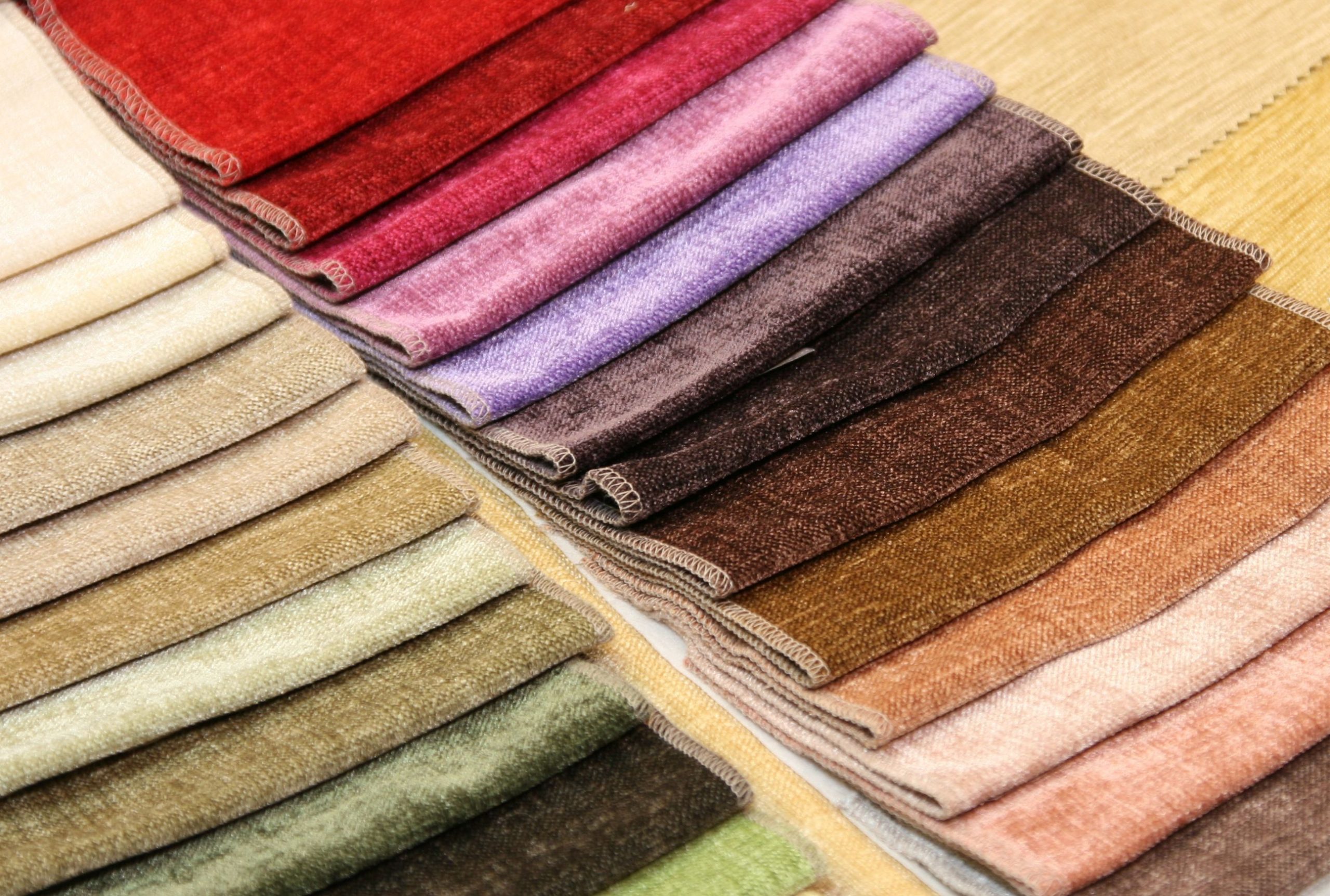
The only thing is that there is no need to save on fabrics. High-quality hypoallergenic synthetic fur will last longer and will not cause skin reactions.

A warm winter blanket can be made of woolen fabric or sewn with padding polyester. The quilted blanket is suitable for both boys and girls of all ages. The universal option is medium-weight cotton fabrics.

It's easier to work with them than with a capricious satin, so even a novice craftswoman can sew a real masterpiece.
Choice of color and design of bedspreads
There are no restrictions on the choice of shade. First of all, the child should like the bedspread. Therefore, it is logical to choose his favorite color or choose shades in accordance with the decoration of the room.
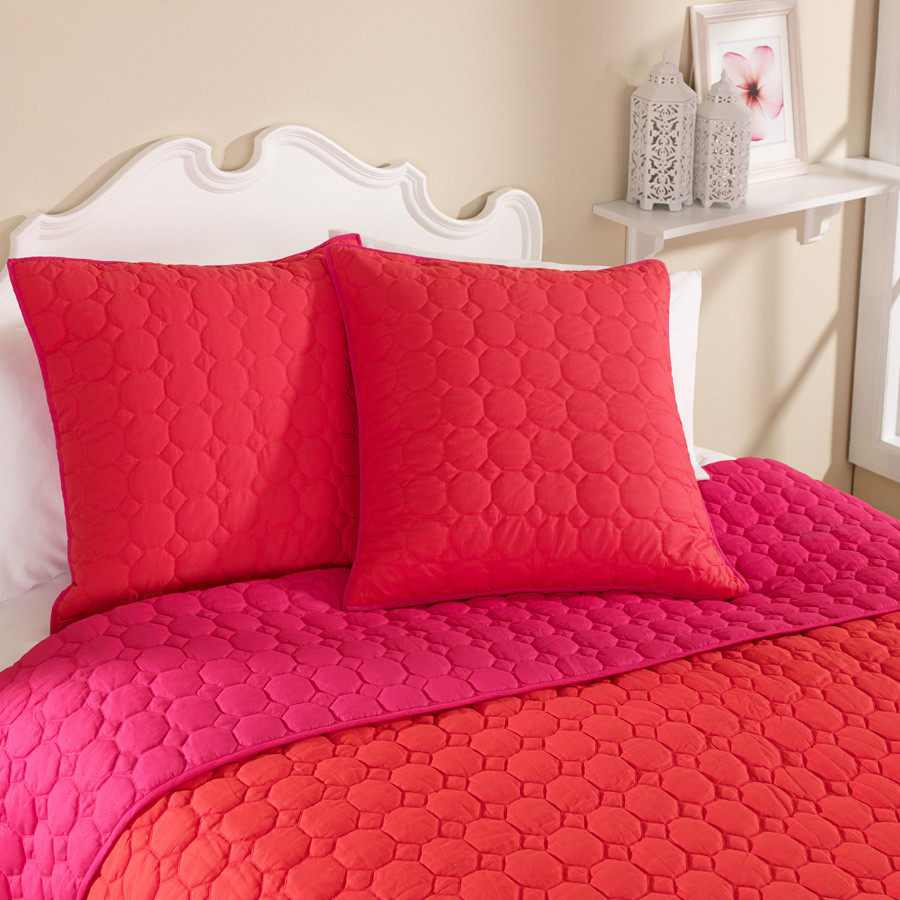
Based on the principles of color psychology, calm, not quick-witted children need bright colors in the room. It can be deep crimson, orange, juicy green. Active boys and girls, on the other hand, are advised to choose things in calm tones.
Pastel, coffee, calming mint and turquoise colors will do. Practical moms can opt for deep, darker shades that are less stained and less worn out.

But it is important to diversify the main fabric with bright / light applications, patterns, so that the bedspread does not look gloomy. For example, to make a "starry night": sew golden stars, the moon, multi-colored planets on a dark blue background.
Preparation and calculation of fabric consumption
Design selected? It's time to do the calculations. What should be done:
- measure the length, width and height of the bed;
- to scale to draw the future bedspread, taking into account the ruffles;
- add seam allowances, fit the bedspread on the bed (3-5 cm is enough);
- if the blanket will consist of stitched elements, mark the seam lines in the figure (also provide an allowance for them).

To calculate the required amount of fabric, you need to know the width of the cut. To sew a double bedspread made of fabric 1.4 m wide, you will need to sew 2 parts. More fabric may be required to fit the pattern - this should be considered when purchasing printed fabrics.

To calculate the size of the upper part of the bedspread, it is enough to know the parameters of the future product and add 3-5 cm to each edge for the seams. If a ruffle or ruffle is expected, the fabric size for it must be multiplied by 1.5 (for a more fluffy ruffle by 1.7).

Tip: for sewing a bedspread, it is better to choose a fabric with a width of 2.8 m. You can make a double blanket from it without a seam in the middle, and the remaining cut is enough for a frill.
Making a blanket pattern
On graph paper, you need to draw all the elements of the future product with seam allowances:
- main canvas;
- straight ruffle details;
- corner part of the frill.

You can draw half a piece and cut it out on a fabric folded in half. But this method is not suitable for silk fabrics, as well as for lining material.

When transferring the pattern to the fabric, safety pins are used: they attach the template to the fabric.

Cut the fabric strictly on a flat surface. It is most convenient to do this on the floor. Leftover fabric can be used for ruffling. Before sewing the blanket on a typewriter, you need to grind it on your hands.
Varieties of DIY bedspread making techniques
A cute baby blanket (or maybe a family blanket) does not have to be made from one piece of fabric. There is an original patchwork technique that allows you to use small pieces of fabric.

To sew such a blanket, you need to cut the same square (you can triangular, but it is more difficult to combine) rags from several types of fabric. For sewing, you can use leftover fabrics (usually they are sold at a discount) or use unnecessary items with a soft texture.

You can integrate cutouts from your favorite things into a patchwork quilt, for example, sew a piece of a worn-out dress that a girl does not want to part with.
Video: which bedspread to buy on the bed

